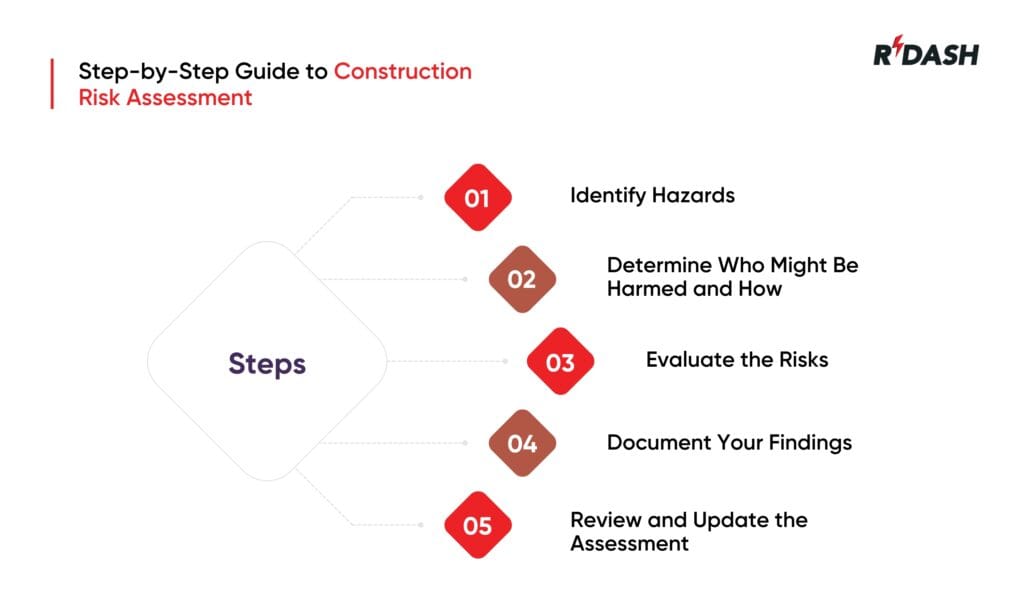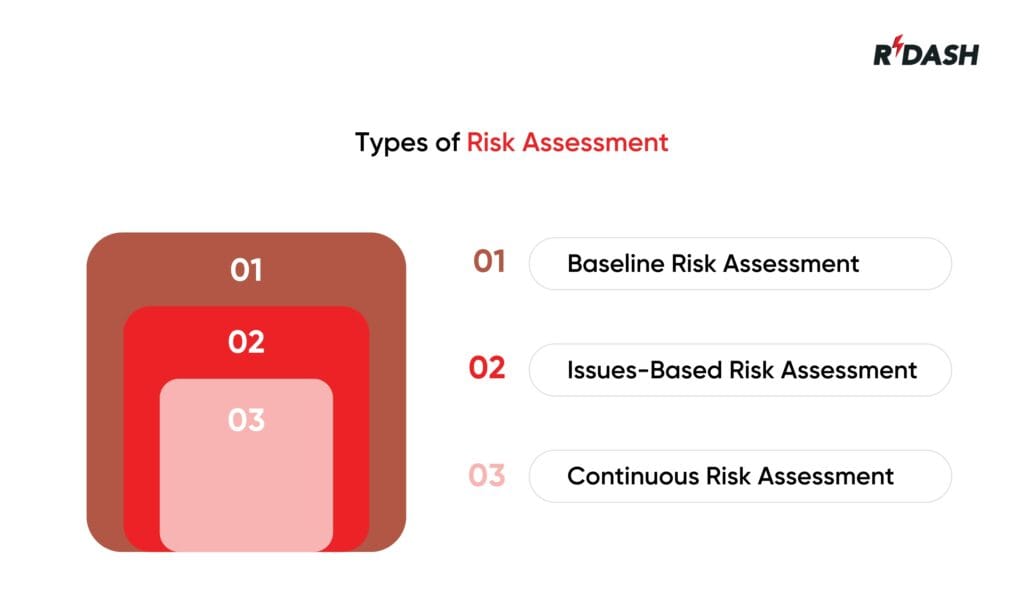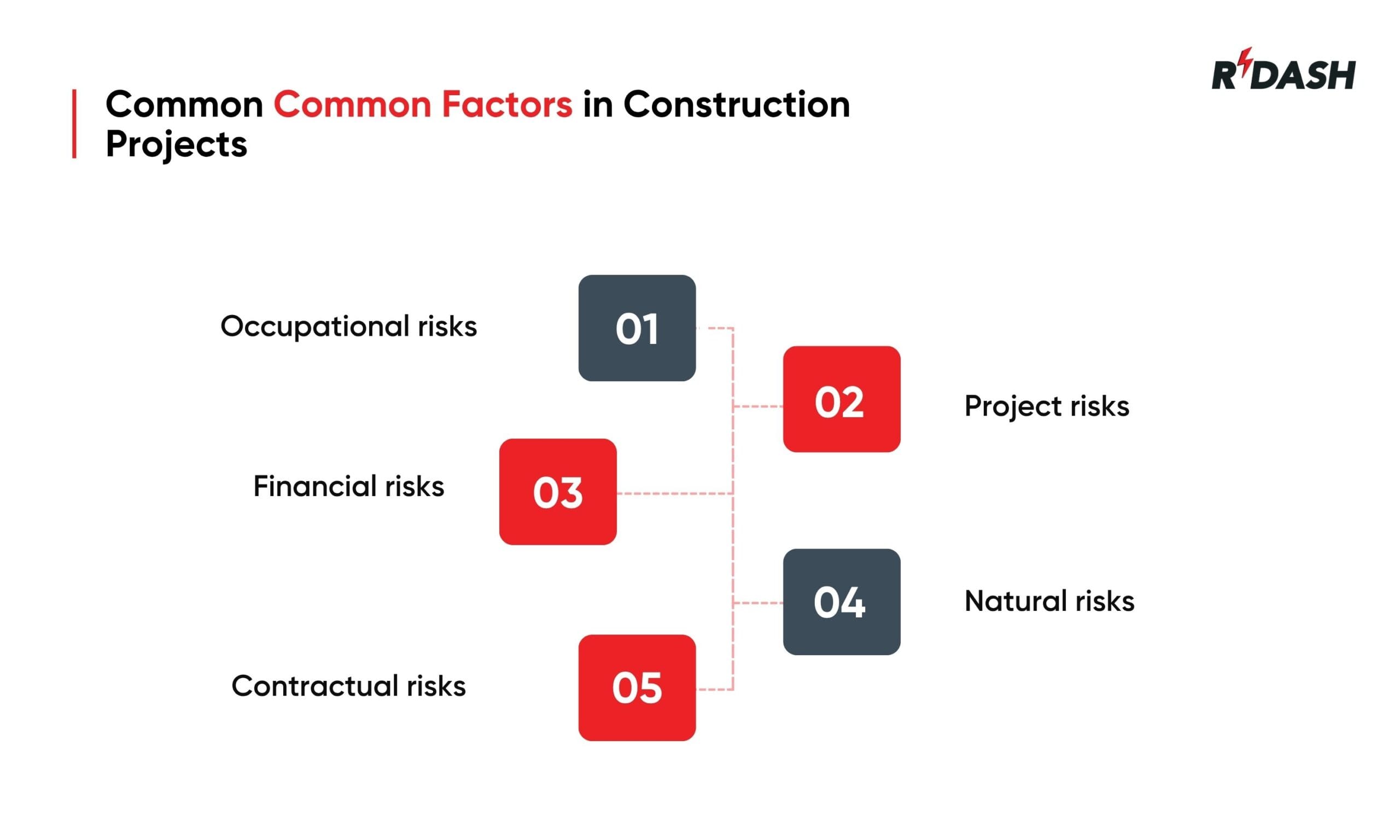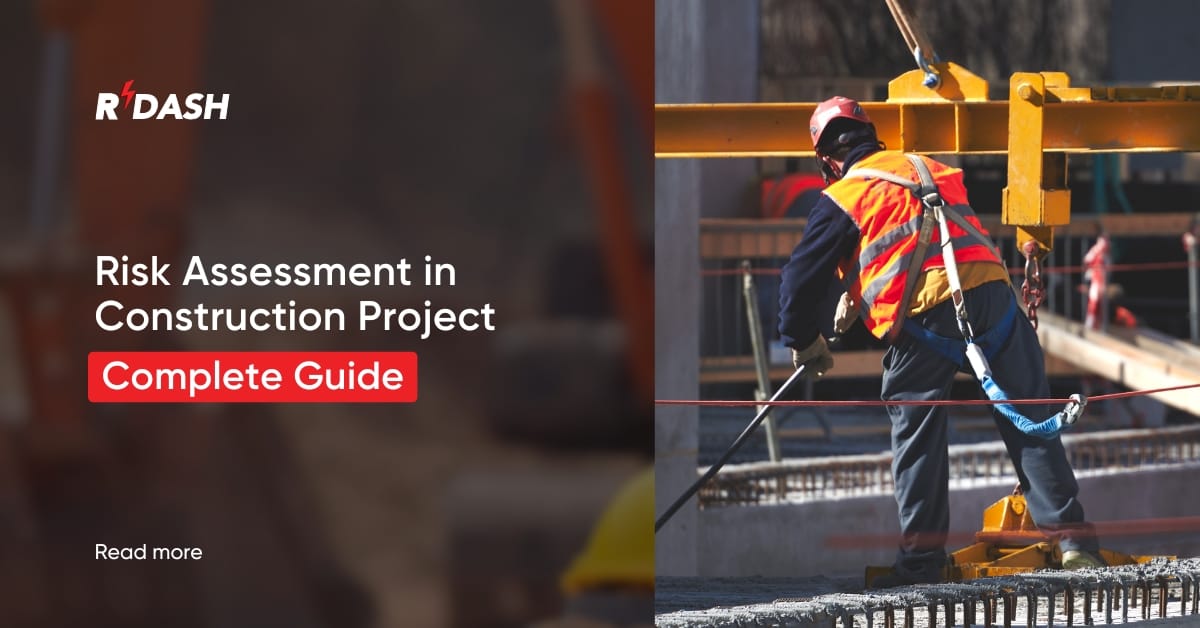What is a Risk Assessment in Construction?
A risk assessment in construction systematically identifies potential hazards and assesses the risks for any construction project. This vital step helps in determining what might cause harm to people and establishes the necessary measures to prevent these harms from happening. By assessing the risks, construction managers can create a safer workplace by proactively addressing the potential dangers before they lead to incidents or accidents.
Purpose of a construction site risk assessment
The main purpose of conducting a risk assessment at a construction site is to ensure the safety and health of everyone involved in the project—from workers to subcontractors, and even visitors. This process not only helps in complying with legal safety standards but also plays a critical role in maintaining the project’s timeline and budget. By identifying risks early on, it becomes possible to implement strategies that can minimize or eliminate hazards, reduce the likelihood of work-related injuries, and avoid costly disruptions.
Furthermore, a thorough risk assessment contributes to creating a culture of safety on the construction site, which can boost worker morale and productivity. It shows a commitment to protecting personnel and can also prevent financial losses associated with work-related injuries and accidents. Overall, conducting risk assessments is fundamental in managing and mitigating potential risks in construction, ensuring the project progresses smoothly and safely.
Step-by-Step guide to construction risk assessment
Conducting a risk analysis in construction involves several key steps to ensure comprehensive safety management and compliance with regulations. Here’s a detailed guide:

- Identify Hazards: Walk through the construction site to observe activities and conditions. Look for potential sources of harm, including anything from unstable structures and hazardous materials to electrical equipment and high work areas.
- Determine Who Might Be Harmed and How: Assess who could be affected by each identified hazard. This includes construction workers, site visitors, and even members of the public who might pass by the site. Understand how these individuals might be harmed, focusing on different scenarios in which injuries or accidents could occur.
- Evaluate the Risks: Analyze the likelihood and severity of harm from each hazard. Consider existing safety measures and whether they sufficiently reduce risk. If not, decide what additional control measures are necessary to mitigate these risks effectively.
- Document Your Findings: Keep a record of all identified hazards, associated risks, and the strategies you intend to apply. This documentation helps in tracking risk management efforts and is essential for compliance with safety regulations.
- Review and Update the Assessment: Regularly revisit the risk assessment to ensure it remains up-to-date with the changing conditions on the site. This is crucial as new hazards might emerge as the project progresses or as changes occur in personnel, equipment, or site activities.
When to perform risk assessment
Risk assessments are crucial and should be conducted at various stages throughout the life of a construction project. Initially, it’s essential to perform a risk assessment during the planning phase to spot any potential hazards before the work kicks off.
As the project evolves, any significant changes in the scope or design of the project warrant a new assessment to address any new risks these changes might bring. Following any incidents, such as accidents or near misses, it’s important to reassess the site to understand the cause and prevent future occurrences.
Additionally, conducting regular risk assessments as part of the project’s safety management system ensures ongoing vigilance and adaptation to new phases or changes during the project. Adopting this thorough and proactive approach not only helps in complying with safety regulations but also enhances the overall safety of the work environment, thereby safeguarding human lives and maintaining project timelines.
Types of risk assessment in construction
Understanding the different types of risk assessments can help construction managers choose the right approach based on the specific needs and stages of their projects. Three primary types of risk assessments are frequently employed in the construction industry:

- Baseline Risk Assessment: This type of risk assessment is conducted before a project begins. Its primary purpose is to identify potential risks at the very outset of the project. A baseline risk assessment establishes the framework for ongoing safety and risk management during the construction process. It involves a comprehensive evaluation of the entire construction site and the proposed work activities to establish a baseline of hazards and risks before any work starts. This initial assessment is crucial for planning all subsequent safety and risk management measures.
- Issues-Based Risk Assessment: An issues-based risk assessment is typically performed when a specific issue or a set of issues arises during the course of a project. This could be triggered by changes in project scope, the introduction of new equipment, or following an incident on site. The focus here is to address and manage risks that are specific to the issue at hand, ensuring that targeted strategies are implemented to mitigate these newly identified or altered risks effectively.
- Continuous Risk Assessment: This ongoing process involves regularly assessing risks throughout the lifecycle of the project. Continuous risk assessment is vital as it helps to identify new risks that emerge as work progresses or as changes occur on the construction site. It ensures that risk management strategies are always aligned with the current work conditions and practices. This type of assessment demands constant vigilance and adjustment, integrating new information and feedback from daily operations to adapt and refine risk controls.
Each type of risk assessment plays a unique role in maintaining a safe construction environment. By implementing these assessments at different stages and for varying purposes, construction managers can effectively manage and mitigate risks, ensuring a safer workplace and smoother project execution. Integrating effective risk management with robust safety practices can enhance overall safety at construction sites.
Common Risk Factors in Construction Projects

Construction project risks go beyond just physical harm and include any issues that may cause budget overruns or schedule delays. Key risk factors to watch for include:
Occupational risks– Unsafe behaviors or faulty equipment that can lead to worker injuries, such as distracted employees or malfunctioning machinery.
Project risks– Poor project management or inadequate supervision that prolongs construction timelines or creates unsafe working conditions.
Financial risks– Rising costs of materials and equipment that strain budgets and affect profitability.
Natural risks– Weather-related events like severe storms or extreme conditions causing work stoppages or site damage.
Contractual risks– Missing deadlines or failing to meet contract terms, potentially damaging relationships between contractors and clients.
Being aware of these risks helps construction managers implement proactive measures to maintain safety, control costs, and keep the project on schedule.
FAQs
What is risk assessment in construction?
Risk assessment in construction is the systematic process of identifying potential hazards and evaluating the risks involved to prevent accidents, ensure worker safety, and maintain project progress.
Why is risk assessment important in construction projects?
Risk assessment is vital to protect workers, comply with regulations, reduce accidents, control costs, avoid delays, and create a culture of safety for successful project delivery.
When should a risk assessment be conducted?
Risk assessments should be done during project planning, after major changes or incidents, and regularly throughout the construction process to adapt to evolving site conditions.
How can construction managers reduce risks?
Managers can reduce risks by conducting thorough assessments, implementing control measures, training workers, monitoring safety protocols, and updating risk plans regularly.







